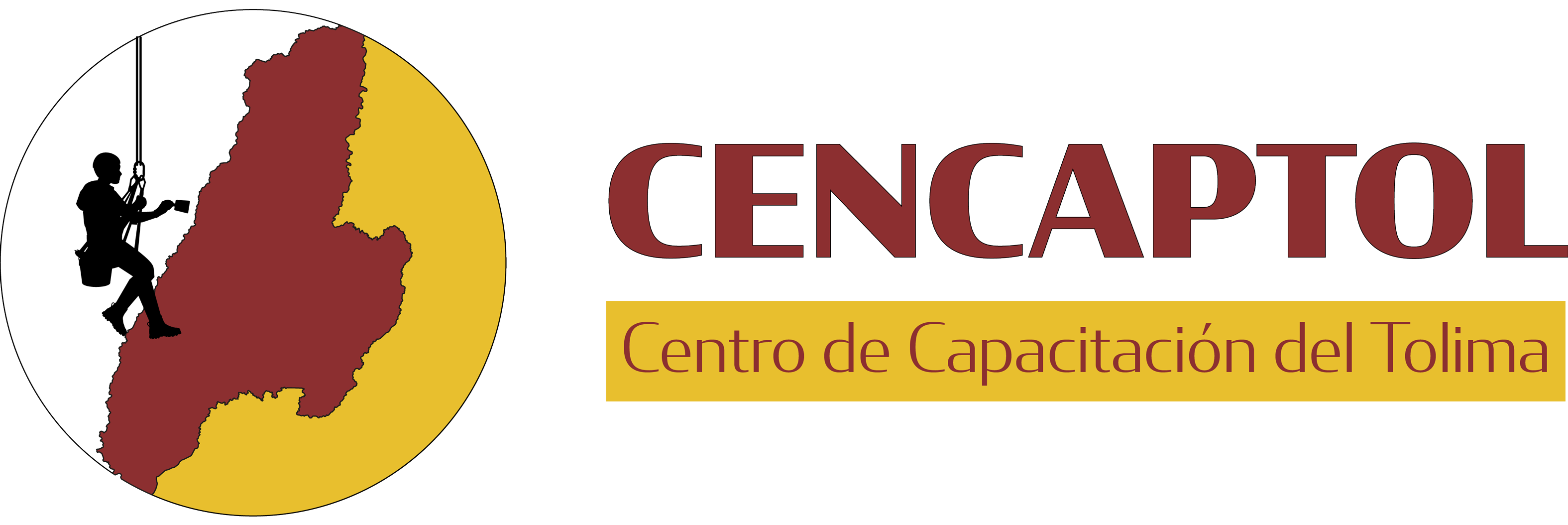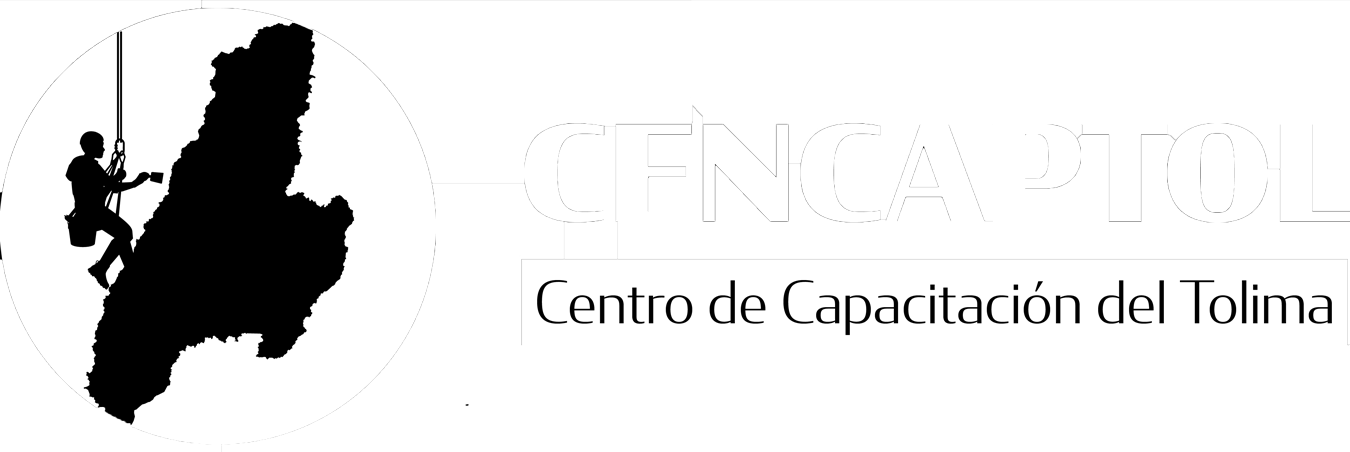Content
- How Are Corporations Responding To Climate Change?
- Gpu Mining Could Eventually Be Profitable After Ethereum Moves To Proof Of Stake
- Latest News
- Blog Posts
- Get Actionable Insights About The Nft Market
- Solana Blockchain: A Guide To The Nft Platform That Surpasses Visa
- Related Articles
- Ethereum’s Eth 2 0 Shift To Proof
If the hashing power of Ravencoin increases by 500 times, it would be one of the most secure assets in crypto. Should the price surge by a similar multiple, Ravencoin could become the new Ethereum. The same is possible for every GPU mineable coin, so keep an eye on the hashrate of the above currencies. D’Aria concluded his article by stating that GPU miners may have to wait a while before a profitable alternative arises.
Still, it’s a possibility that nobody can say for certain what will happen. The blockchain also symbolizes the crypto and NFT movement and Web3 in general. A successful merge could be a sorely needed shot in the arm to an ecosystem that is weathering yet another crypto winter.
If no longer using outdated terminology isn’t enough to convince you to forget all about eth 1 and 2, Ethereum offers up to four additional reasons for dropping its terminology now rather than later. Investors put their money where their mouths are as discourse surrounding crypto’s future continues to gain traction. The bottom line here is that Ethereum could spike in 76 days when Ethereum switches to proof-of-stake validating. The summer date is an estimate, but is based on an interview that CNBC had with Tim Beiko, the coordinator for Ethereum’s protocol developers in Dec. 2021. But it has lost DeFi market share to competitors rapidly, JPMorgan analysts have said, going from almost 100% at the outset of 2021 to a 70% a year later. In contrast, the Web 3.0 concept has decentralization at its core.
Today, the Ethereum network can process just over 15 transactions per second . When the network implements all the upgrades, ETH 2.0 could achieve up to 100,000 TPS. For reference, VISA can reach up to 30,000 TPS for its entire global network. Ethereum is dominant in DeFi, or decentralized finance, which uses the network to build crypto applications for financial services.
It’s their skin in the game, money they put up to prove they’re trustworthy. When these forks happen, whether via mass dissent or a hacking event, they can result in the duplication of digital assets. This was the case when bad actors hacked DAO in June 2016, the decentralized autonomous organization that launched earlier that year on Ethereum.

D’Aria created the below table to highlight the daily income for the most popular proof-of-work coins. On the date of publication, Mark Hake did not hold any positions in the securities mentioned in this article. The opinions expressed in this article are those of the writer, subject to theInvestorPlace.comPublishing Guidelines. This could give Ethereum a huge environmental-friendly advantage over Bitcoin for many institutional investors.
How Are Corporations Responding To Climate Change?
He predicts the next 10 years will bring in a dawn of a new age of technological innovation. Last May, Vitalik Buterin, Ethereum’s Candian-Russian co-founder, told Fortune magazine that Proof-of-Stake could solve the environmental woes tied to cryptocurrency. He says that Ethereum will reduce the amount of electricity needed by a factor of 100 and possibly 10,000. The new PoS mechanism will allow the processing of over 100,000 transactions per second . This is much faster than its existing 13 TPS now, according to CNBC. Up-and-coming rivals to ethereum like solana and avalanche are built on proof-of-stake mechanisms.
Ethereum currently has no cap on supply, although it has now introduced an exciting solution on inflation. For example, if your network wants to scale and prioritize security, then it will lack decentralization. These goals help pinpoint the main hurdles to overcome in developing the roadmap for Ethereum 2.0 and what it sets out to achieve. Let’s start with the fundamental problems all smart contract platforms face. The co-founder of Ethereum, Vitalik Buterin, coined the phrase “trilemma” as an explanation for the shortcomings of large networks. Basically, there are three goals for a network, but with current limitations, it’s only possible to tackle two at a time.
Miners will be forced to switch to other PoW-based networks or sell equipment on the secondary market and invest in ETH. Due to the influx of users and running-in of the algorithm, the stacking profits could be much lower than those from mining. Cryptocurrencies like Bitcoin and Ether are not run by any bank or government. In order for decentralization to work, validators need to be trusted that they’re doing their job honestly and faithfully. And in order to be trusted, these people need to have some skin in the game, something to lose if they’re caught cheating. The world’s second-largest cryptocurrency is poised on the brink of a transformational overhaul.

Ever since its inception, the Ethereum blockchain has wanted to move its consensus mechanism from a proof-of-work model to a proof-of-stake model. “The merge,” as this is called, is basically seeing these two models, the proof-of-work model and the proof-of-stake model, merge together and continue on under a proof-of-stake model. Although, not everyone is happy about the change — especially those who spent millions of dollars to buy mining hardware over the past few years. Some miners have announced their intention to do a “hard fork” of the Ethereum blockchain. The EthereumPoW project includes a copy of all ETH-backed tokens, NFTs, DApps, and liquidity pools, but it will use the proof-of-work model going forward.
For example, the 32 ETH needed to independently stake as a validator is a high barrier to entry for most of the community. Two significant upgrades must also take place before the merge happens. First is the Bellatrix upgrade, which activates the merge on the Beacon Chain, followed by the Paris upgrade, which removes any dependency on proof-of-work mining. And, after a rough-and-tumble year for the crypto world, Ethereum’s long-awaited software update could inject some much-needed energy into the Web3 space while scoring a significant win for the environment. The average user can’t use regular devices such as their phones and laptops to complete the resource-intensive tasks needed to validate a transaction. Despite the fact that miners are compensated for their work, small-scale miners may take a long time to make a profit or break even.
Gpu Mining Could Eventually Be Profitable After Ethereum Moves To Proof Of Stake
The most awaited Ethereum 2.0 update continues to inch close as developers predict that the upgrade will be completed before the end of 2022. A significant part of this upgrade is the switch from Proof-of-Work to Proof-of-Stake . The preparation for the ETH2.0 mainnet launch has begun as the developers behind the project launched the testnet in December for a mass trial. The Kintsugi testnet went live on 21st December which is being seen as the last major step before the migration to ETH 2.0. Everyone who helped make the merge happen should feel very proud today. However, it seems that the name ETH 2.0 is no longer doing justice to the upgrades being performed on the network.
- That’s because PoS doesn’t require nodes in the network to solve complex calculations.
- You then submit an application to set up a node on the blockchain.
- Ethereum has followed a “roadmap” for several years in its attempts to achieve scalability on a global scale.
- Apart from the environmental benefits of switching to proof of stake, there are some advantages in terms of the barrier to entry for those who want to participate in the staking community.
It appears to be an instant solution to all those mainstream media reports about BTC mining using more electricity than some countries, or of miners using up power that some nations need for more essential purposes. Ethereum developers are also figuring out on the fly just how to manage all this, too. https://xcritical.com/ The latest plan is to have a PoS “consensus layer” running alongside the current PoW “execution layer” until the two can be merged. With an improvement in network scalability to handle higher volumes of transactions without expensive fees and delays, more applications could be deployed on Ethereum.
Latest News
For the total completion of the upgrade, developers had discovered that it would take several years to complete. Additionally, the upgrade had evolved at various points to make changes focused on the long-term rather than just moving to the proof of stake mechanism. In a blog post on its official website, the Ethereum Foundation announced its decision to change the name of the upcoming upgrade from ETH 2.0 to the “Consensus layer”.
It is still under development, but the end result should be a system of peer-to-peer Internet solutions where users themselves control the use of their data. Cryptocurrency will form the basis of a natural system of payments in Web 3.0, making the transition from the banks and centralized payment systems possible. While Web 1.0 had a static structure, the more familiar Web 2.0 supports the format of reading and writing—a system of user-generated content and social networks. However, this system implies that the users’ personal details come into possession of a small group of technological giants such as Google, Microsoft or Facebook and can also be stolen by hackers.
Blog Posts
For each transaction, a group of validators are selected to perform a far less energy-intensive version of the mining process, and a consensus is reached. Any validator found to be acting dishonestly or doing the job incorrectly can have their staked Ether confiscated as a punishment – so there’s still a considerable financial incentive to play by the book. Apart from the environmental benefits of switching to proof of stake, there are some advantages in terms of the barrier to entry for those who want to participate in the staking community. Where crypto mining requires expensive equipment to solve cryptographically-rooted problems, staking involves nothing of the sort.
Ethereum really is a base project where not only can you practice decentralized finance through ether, its native token, but it also carries lots of decentralized applications. Hundreds of organizations and applications are powered by Ethereum. It’s estimated to be a $60 billion industry that’s built on top of the Ethereum blockchain. And so having that base blockchain change, all of a sudden, to a new model really poses a big risk if not done correctly.
The question of whether or not PoS will completely solve this problem is still up in the air. However, some improvements in transaction speed and cost are expected. Proof-of-Stake increases the capacity of transactions per second by up to 100,000 compared to the 64 transactions per second experienced with PoW. This is expected to improve the decentralization of the network since the validation of transactions will not be handled by a select few who may want to impose their will on the project’s direction. Moreover, miners need to invest in electricity since the process is energy-intensive and invest in internet connectivity to maintain a constant connection to the network. The nature of mining has prevented many from contributing to the network.
Get Actionable Insights About The Nft Market
You can see this at the website wenmerg.comwhere a “difficulty bomb” is set to explode when the countdown reaches zero. This will make mining on the Ethereum platform extremely difficult. All Ethereum mining will cease and the Ethereum blockchain will reduce its electricity drag by 99.9% by cutting out mining. These gas fees are “burned” — sent to a wallet that can’t be accessed — meaning the amount of ether in circulation is reduced. After seven years of R&D, proof-of-stake is finally working on ethereum testnets and looking like it’s months away from final launch, the network’s cofounder Vitalik Buterin said at ETHDenver last month. The PoS, or Proof of Stake, algorithm does not require mining rigs.
As you can see, when we combine the newly named consensus and execution layers, we have Ethereum. The Ethereum network takes its name from the concept of Ether; a material filling up and carrying light waves through space. Lastly, as climate change and sustainability become more pressing issues, Ethereum seeks to minimize its footprint to create a more efficient backbone to Web 3.0, ETH 2.0. Ethereum became the de-facto smart contract platform, meaning a large percentage of dApps built by programmers operate on the Ethereum network.
Solana Blockchain: A Guide To The Nft Platform That Surpasses Visa
It’s important to note that BitPro buys and sells GPU and thus has a vested interest in GPU miners selling their rigs. The profitability will undoubtedly drop to potentially unsustainable levels. Yet, miners have been the staple of the crypto industry since 2009. Ristic made a very valid point in stating that the power of a decentralized network of miners is unparalleled. The decline in crypto markets has made even mining Ethereum unprofitable for many miners. However, after Ethereum moves to proof-of-stake, GPU miners will no longer be able to mine Ethereum.
Related Articles
That’s not a guarantee, however, and given how long it has taken for the merge to come this far, it wouldn’t be a big surprise if the Ethereum team delayed it even more.
With the growth of Ethereum came great opportunities—and a few roadblocks. Regardless of the math, many are still championing Ethereum Proof of Stake Model GPU mining post-merge. The mining company, Nicehash, suggested that “Ethereum moving to PoS will not be the end of mining.
Ethereum’s Eth 2 0 Shift To Proof
Significant changes in blockchain systems are a kind of pressure test for the communities that support them, and Ethereum is no different. Vitalik Buterin and the majority of the Ethereum community faced just such a test when DAO was hacked, and they decided to commit to the ideals of fair play in Web3 and left Ethereum Classic in the dust. You won’t need to do anything with your ETH or NFTs to prepare for the merge, and you should be on the lookout for those who say otherwise. As one of the most significant events in the crypto and NFT space in recent years, it’s also one of the most complicated, and bad actors are almost guaranteed to use that dense fog as a cover for fraud. Check out CoinGeek’sBitcoin for Beginnerssection, the ultimate resource guide to learn more about Bitcoin—as originally envisioned by Satoshi Nakamoto—and blockchain. PoS also assists scaling, its proponents say, by making processing faster, more “decentralized,” and less prone to the kind of network-clogging and high fees that have plagued Ethereum in the past few years.
So by scrapping eth2, the foundation hopes to reduce the number of Ethereum users being scammed. This change to Ethereum’s roadmap means that the terms we have been using have become outdated and inaccurate, which is why Ethereum’s council of elders has decided to do away with the terms entirely. That’s right – there’s no more Ethereum 1.0 or 2.0, nor is there eth1 or eth2. Instead, Ethereum1.0/ eth1 is now called the execution layer, and Ethereum 2.0/ eth2 is called the consensus layer.

